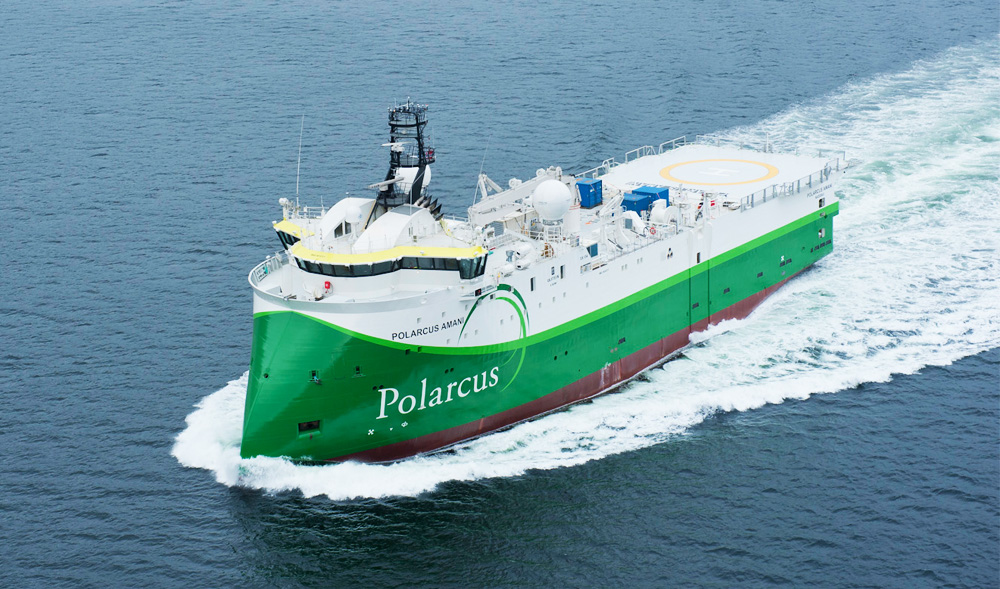Dubai-based contractor eyes increased awards and pricing after boosting backlog despite Q4 loss Polarcus is bullish about seismic market prospects this year, despite recent oil price volatility, as it sees higher tendering activity after boosting its contract backlog by around 40% over the past year. The Oslo-listed seismic contractor has recently notched up eight contract awards to lift its backlog to $232 million at the end of the fourth quarter, up from $164 million a year earlier, and now has its four operating vessels fully booked for the first half of this year and 70% booked for the full year, though another vessel, Polarcus Nadia, remains laid up. The company saw tendering activity increase more than 20% last year on 2017, with pricing improvement throughout the year, and has a “strong pipeline of opportunities in 2019”.
It said strong vessel employment prospects provide “good visibility of future earnings and the ability to further increase pricing levels”.
Dubai-based Polarcus notched up its highest-ever vessel utilisation of 96% in the latest quarter, fuelling higher revenue of $58.4 million, up from $37.2 million a year earlier. Steve Marshall 27 Feb 2019 08:49 GMT However, increased costs due to higher utilisation left the company with a net loss of $13.3 million, albeit narrowed from a year-earlier loss of $26.2 million, while it also suffered an operating loss of $5.8 million compared with a loss of $19.3 million in the same period of 2017. Chief executive Duncan Eley said the contractor has a “positive outlook” for 2019 after a crippling four-year market slump in which seismic players have been severely hit by exploration cutbacks by oil companies.
“With the oil price around current levels, pricing in the seismic market is expected to continue to improve over the short to mid-term driven by continued increase in demand from E&P companies and supply discipline from a reduced number of global vessel operators,” he said. He stated that Polarcus is “in the midst of a transforming competitive landscape” with fewer players offering a tighter supply of high-end 3D and 4D seismic vessels as the active global fleet has been cut by a third to only around 20 units from 32 in late 2016, while at the same time demand is on the rise. “Pricing levels of recent awards represent an improvement in the global marine acquisition market,” Eley said, adding “we expect to see our margins continue to improve as pricing levels increase”.



